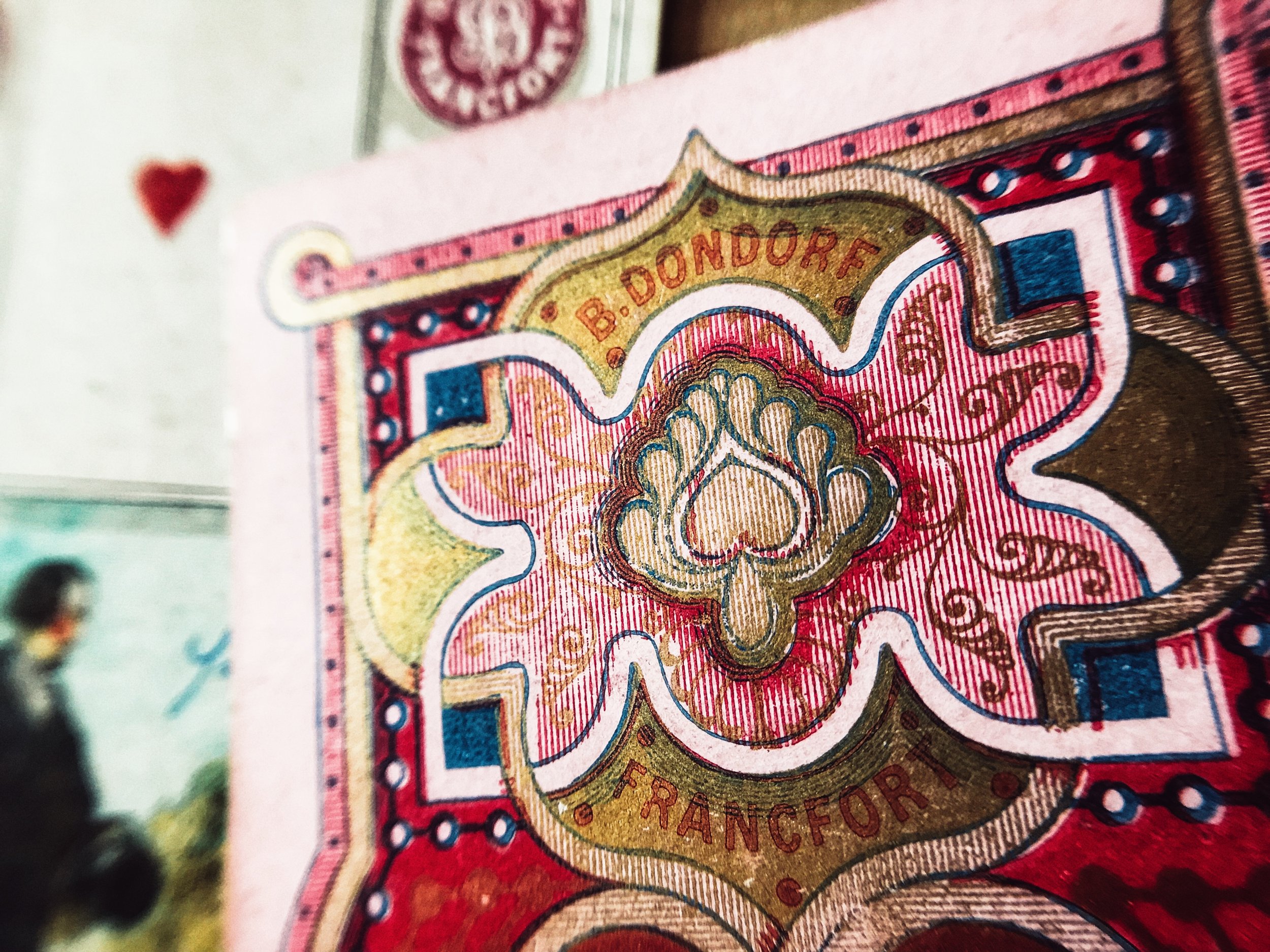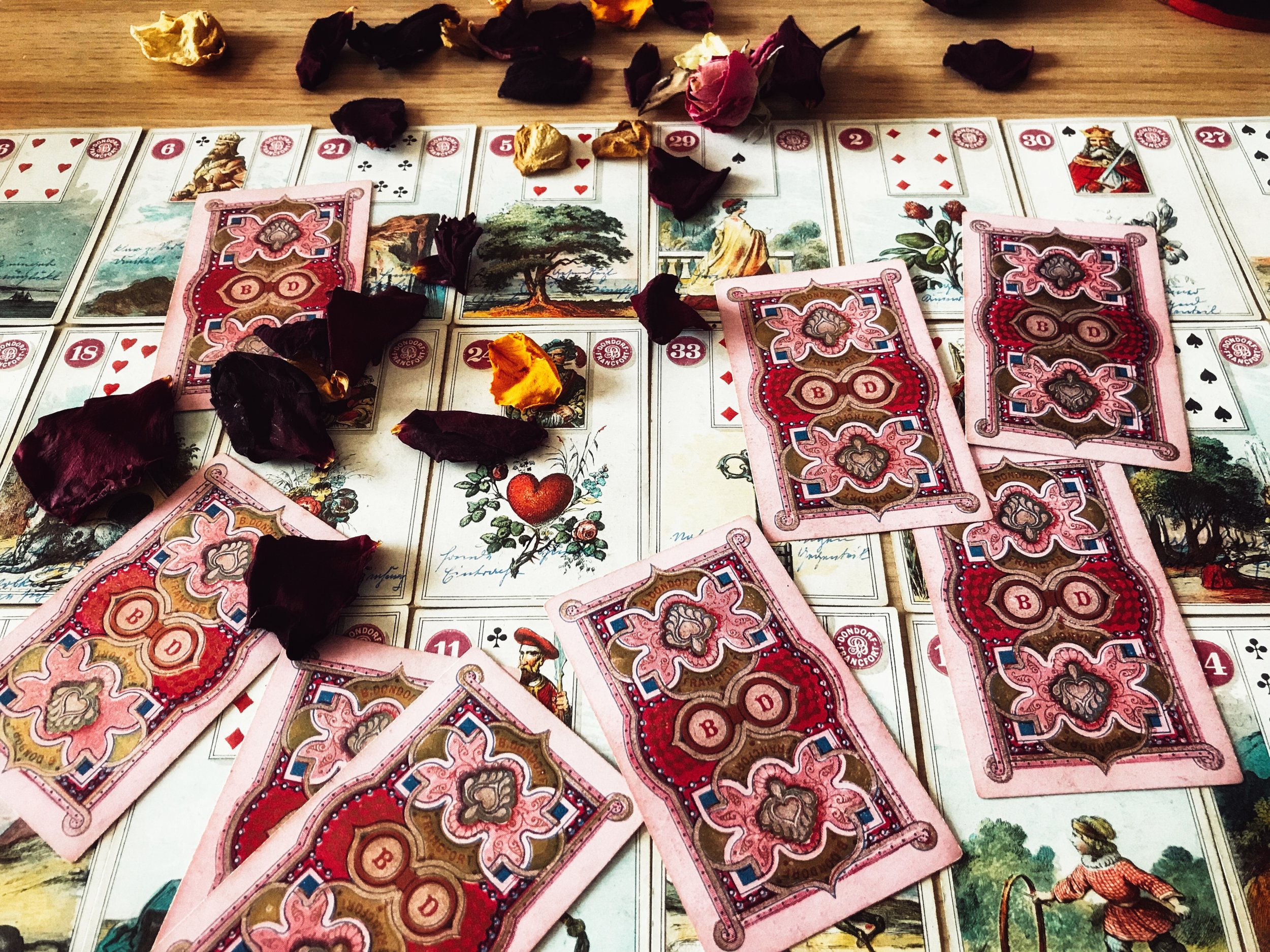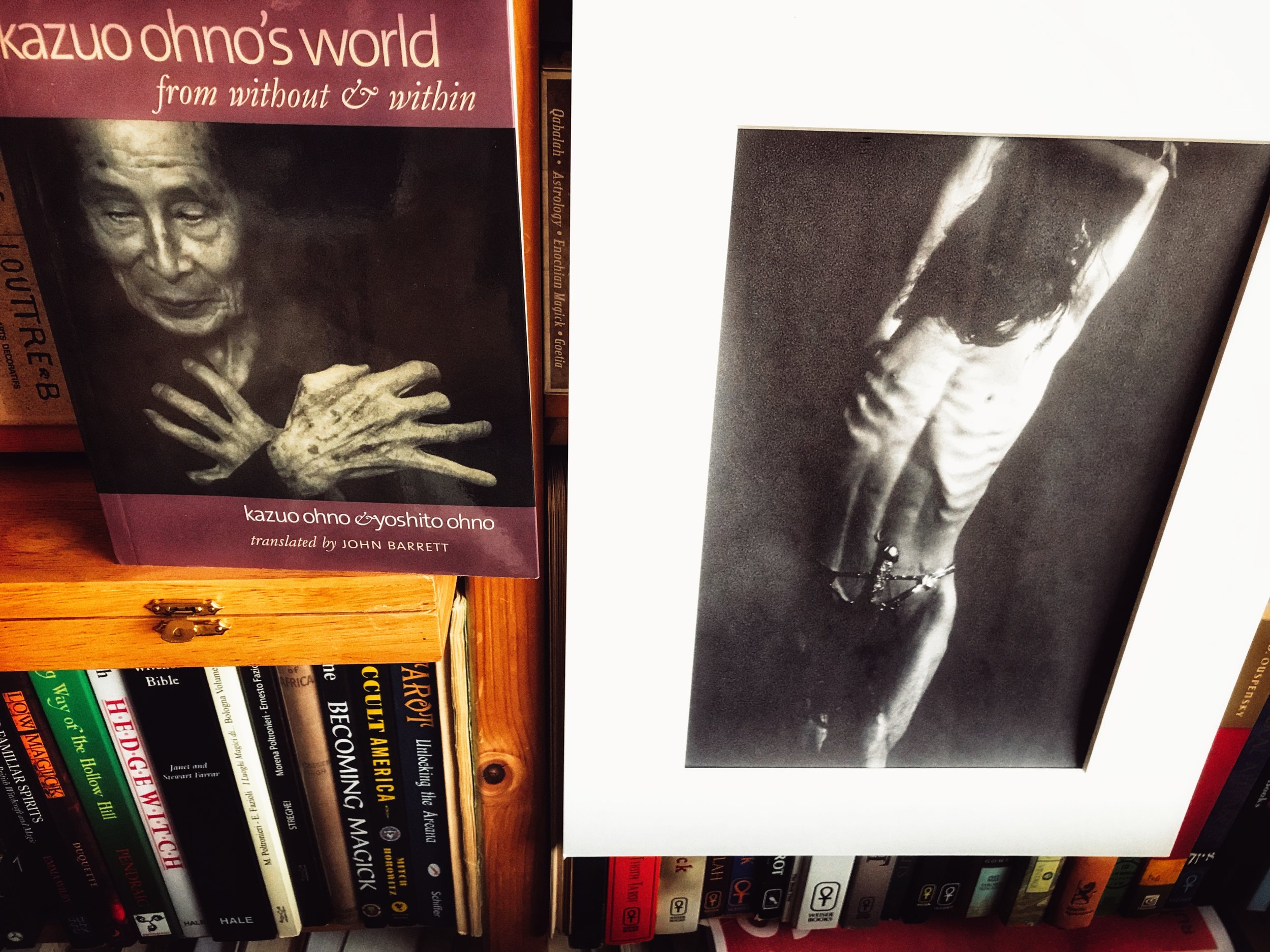The steel door of a grand tableau
Any act of reading cards is a magical act already, as what you do when reading cards is trying to effect an understanding into your current, past or future relations based entirely on images. ‘Your recipe for madness,’ the outsiders would say, forgetting in the process that their own dreamworld is as much part of their lived experience as any good daylight.
Often people get up in the morning with the nasty feeling that the dream they just had is going to make an impact on their lives. Because of this they start behaving in a certain way for the duration of the day, and sometimes beyond it. This is called living the magical life through the metaphorical world of images, whose power can can elect to acknowledge or not.
I have no problem with dreamworlds, whether expressed in nightly unconscious escapades, cards, literature, or other general symbols. Quite the contrary. Related to dreamworlds, what I’m interested in when I read the cards, books, stones, or bones is the door in the floor, the gate to a more nuanced reality that I don’t get to experience in a habitual form due to various constraints, cultural and intellectual. For instance, if culture dictates that something is taboo, I don’t instantly question the case, thereby using my own brain to figure out why. But when I cast the cards on my table, I’m transported to a world that opens itself up to the concrete manifestation of why. Why is this so?
Once through this door, I look at the functionality of the images I contemplate and place it in relation to whatever I want to know. This includes evaluations and reflections. The cards can visually describe a situation, and then invite me to also ask: why is this so?
Often the answer to this question leads me not only to the satisfaction of my curiosity, but also to formulating further hypotheses and methods for inquiry. The latter suits me fine, since I like to think of myself as a method theorist. But a method is only as good as it gets things done, as it’s tested by a community of people who share my love for discovery and experiment. I can tell others, ‘cross this vertical line with the horizontal line between your two significator cards to get an idea of their connection,’ but if this was all I did, I’d sound like a pedantic and solemn teacher who fails to understand what fascination with something is really all about.
For instance, when I sit with a group of people in a Lenormand class I keep an intense, crescendo pace. This applies to my voice too. Both the timbre of my voice and the content of my message can get so loud that some students may downright want to cover their ears. ‘Too much information. Too much processing. Too much pressing on with the question of why. Why do we have to think?’ A fair question, given that ‘thinking’ has never been part of how divination gets to be internalized. Most are accustomed to memorizing lists, so the thing about thinking is a novelty for many. But I insist.
We get to the grand tableau with 36 cards on the table. I instruct that we can easily spend what amounts to 15 pages of a written report on unravelling just one question, pursuing just one narrative strand not ten, and in the process leave nothing unturned. But I also instruct that we can spend 5 seconds flat on looking at the same tableau and deliver a perfectly straight message that comes out of it. Different techniques, same result.
Some would say, ‘give me more, I like complex analysis.’ Others would say, ‘no thanks. Too complicated.’
The joy of walking through impossible walls
My own approach is not designed towards bringing time into it – ‘it takes too long,’ or ‘if it takes only 5 seconds, then I’m suspicious of the method’. Rather, my approach is designed towards what excites us. The aim is always the same, to be as precise as possible.
There’s joy and excitement in unravelling a situation according to detective skills, and there’s joy and excitement in glancing at the cards and being able to produce a perfectly clear sentence on just what the situation is all about, or where it’s going.
In the example here I want to refer to the kind of magic that we can make recourse to when we consider the metaphor of walking though impossible walls. This is inspired by the world of butoh dance and my love of Hijikata Tatsumi, its founder. Together with dancer Kazuo Ohno, who disseminated butoh to the larger world, Hijikata Tatsumi opened the door to understanding why giving primacy to the body over language is a gate towards moving beyond thought, but not without thinking. A paradox.
Why would we want to do that, you may ask? Because when we are beyond thought we can perform magic that actually works, the kind of magic that will get us walking on water, or disappearing through thick walls.
Hijikata Tatsumi’s approach was one of restricting the movement of the body in dance, so that one can experience the memory of a primary state. One of his favorite poses therefore has been the fetus position. Contrary to this, Kazuo Ohno’s emphasis has been on expansiveness, and we see it in all his movements in his arms, saluting the heavens, and embracing it. One dancer is dark, the other one is light. One moves inwards, the other outwards. Contraction and expansion, two principles of seeing when we read the cards.
Both of these dancers planted the seeds for the way in which we think of how everything is choreographed or improvised. Hijikata Tatsumi hated improvisation, and he claimed that since all of life is one major improvisation, the last place he wanted to see more of it was on stage. Kazuo Ohno pushed improvisation to its highest expression.
What I take from butoh is that it’s significant to know what seeds you sow, if you want to know what you harvest. The point of how this is relevant for cartomancy is that by thinking of just how much choreography or improvisation goes into your readings, you get a clear sense of what gives you joy, especially when you come to the point when you doubt yourself.
It doesn’t exist
Let me quote here an inspiring passage from Kazuo Ohno’s words to his own students, as I find them very apt for the way in which we get to become conscious of just what kind of magic we can perform when we read the cards. Here’s what he says in his book, Kazuo Ohno’s World:
The next time you stand in front of a steel door why don’t you try convincing yourself that you could pass through it, rather than simply dismissing the idea as far-fetched. One thing is for sure: those who doubt themselves won’t be able to pull it off. If you firmly believe that you’ll succeed as you go to put your foot forward, who knows but that you’ve already passed clean through the door. I’m convinced that we can overcome our inbuilt fears. It’s force of habit that makes us cling so tenaciously to our self-doubts. Obviously, if considered from a conventional view-point, how could anybody conceivably pass through a steel-faced door? You’ll never escape the prison of the self if you continue looking at life in that way. Once you feel your mind holding your feet back, you should already be on the move.
Yes, you should already be on the move. The mind holds you back? How about just reading the damn cards? You know you perform magic in the world with your cards, when what you deliver as a message is based on your own experience of what you see, not one based on what the mainstream is doing, on what’s written in the books, on what others have to say about the said books, or on what your teacher tells you – myself included.
But for this to happen, to own your message, you must be open to discovery, not the expectation that someone other than yourself will give you a long-awaited aha moment. Read the damn cards and let the cards be the teacher. You can actually go thorough that steel door, if you want to. Let’s see how you can do this.
Steel door magic
Take your 36 cards and lay down in a grand tableau configuration. Start with reading by glancing at the intersecting point between your significator, the card of Man or Woman, and the Mountain card representing the steel door that you want to go through. If you must hold a thought in your head, let it be in the form of a mantra: ‘just read the damn cards.’ By this I mean considering the function of each image represented on the card. Expect nothing. Experience everything. Are your eyes moving already?
Take the intersecting card between the two points as a significator for dissolving your self-doubt. What is this card? Can you visualize it as your cloak of invisibility? If your significator card is in the same line as the Mountain, then look at what’s ahead of you. If the Mountain itself, then that’s your dissolving magic. If the Mountain is in your vertical line, then look at what’s beneath your feet. Let that be your ‘dissolving’ card.
If you have a master that you cherish, cross their line with that of the Mountain. Take the intersecting card to represent a specific teaching from that master for how you can either enter or consolidate your process of dissolving your self-doubt. In my own example above, you can observe the following:
The Mountain is behind me, in the same line, so we have no intersecting point. What separates the Woman from the Mountain is the Tree. I very much like this, as it simply means that I’ve already dissolved my self-doubts – well, years of Zen practice will that to you. What’s ahead of me is the Clover. I take this as a sign that if I still need to perform dissolving magic so I can walk right through any steel door, all I have to do is snap my fingers.
Since I mentioned the butoh dancers, I picked the Man as a significator for Hijikata Tatsumi, as he has my whole heart, and the Rider for Kazuo Ohno as he was Hijikata Tatsumi’s main vehicle for transmitting butoh to the larger world.
Such glorious cards. Ohno is already in my line, and it’s not surprising since I’ve just quoted him extensively. His teaching for me regarding my magic is that I’m the magic. He intersects with the Mountain in the Coffin, for the past, and the Woman, for the present. Death to all belief. Just step through whatever needs stepping through. There’s only a steel door there, if I believe it. If I don’t, there’s none. It’s up to the Woman, me, to decide.
Hijitata Tatsumi’s significator, the Man, intersects with the Mountain in the Tree for the present, and the Birds, for the past. His teaching for me is that if my own spine is strong enough – the Tree backs my own significator, the Woman – then it can host a flight of birds.
Divination is all about hearing the language of the birds, or at least that’s what the sages of old have been saying.
I take Tatsumi’s teaching here to mean that I can always draw on his ‘pointing out instruction,’ quite in line with the venerable Zen masters’ instruction, and go through all the doors I fancy, as I will always know what to do.
What I also like here is that his significator landed among the last 4 cards, the ‘destiny’ cards suggesting that here, I’m not just merely talking about this master of coiling, but that we are also ‘married’ to the idea.
I’ll stop here before I launch into a complex analysis of this beautiful tableau, but the magic remains. Use your old cards to create magic for yourself, and start walking through those steel doors. What you need is to experience the joy in discovering new things, not the lament that it’s impossible to follow through, or walk right through the mountain in front of you. When magic is present in your consciousness, there isn’t even the thing called climbing.
♠
Cards: Dondorf Lenormand, ca. 1880, in my private collection.
*
Grand is the grand tableau…
200 pages in this almost 400-page Lenormand book are dedicated to the grand tableau in all its variations, from the simple take to the sophisticated.







